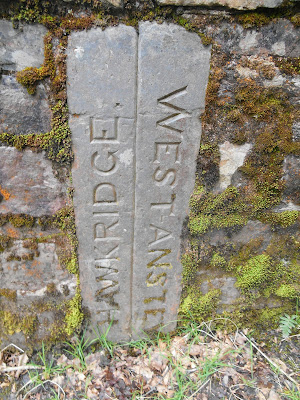Wednesday, 11 January 2023
Boundary Markers
Sunday, 1 January 2023
St James' Church, Upton
St James' Church at Upton on the Brendon Hills was built in the first half of the 14th century. It had a nave, a chancel, a tower and a south porch. In 1867 a new church was built in a more convenient location on the main road through the village of Upton and St James' Church was abandoned and partially demolished in 1891, with only the tower remaining standing to any height. The three 15th and 17th century bells from St James Church were removed and taken to the new church but couldn't be hung because it has no bell tower. During the late 20th century the tower was repaired and the low walls of the nave and chancel were consolidated.
St James' Church is now in the care of the Churches Conservation Trust. There is a path to it from the Wimbleball Lake perimeter path. It can also be accessed at the end of the unclassified council maintained road that comes off the B3190 at the village of Upton but there is no car park at the church. There is also a public bridleway which runs south from Venne Cottage to the church.


























